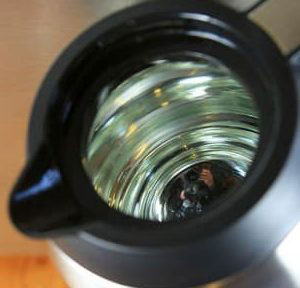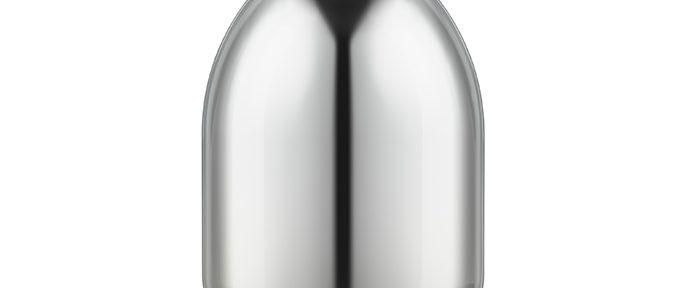Category: Design Explained

Design Explained –
Our Original Vacuum Glass LinersRead more: Design Explained –Last year, we celebrated our centennial anniversary as a company, and with you as our…
Our Original Vacuum Glass Liners
Design Explained – Our Innovative Lids: Types
Read more: Design Explained – Our Innovative Lids: TypesIt’s summer time and we always have one of our vacuum insulated mugs on hand.…

Design Explained –
Our Easy-Release Magnetic Power CordRead more: Design Explained –Our Gourmet d’Expert® Electric Skillets (EP-RAC50 and EP-PBC10) and our water boilers are designed with…
Our Easy-Release Magnetic Power Cord
Design Explained –
Our Steam Vent CapsRead more: Design Explained –Do you know that most of our rice cookers have a cap on the steam…
Our Steam Vent Caps
Design Explained – Our Superior Vacuum Insulation
Read more: Design Explained – Our Superior Vacuum InsulationZojirushi has been in the vacuum insulation business for over 100 years! The company opened…




